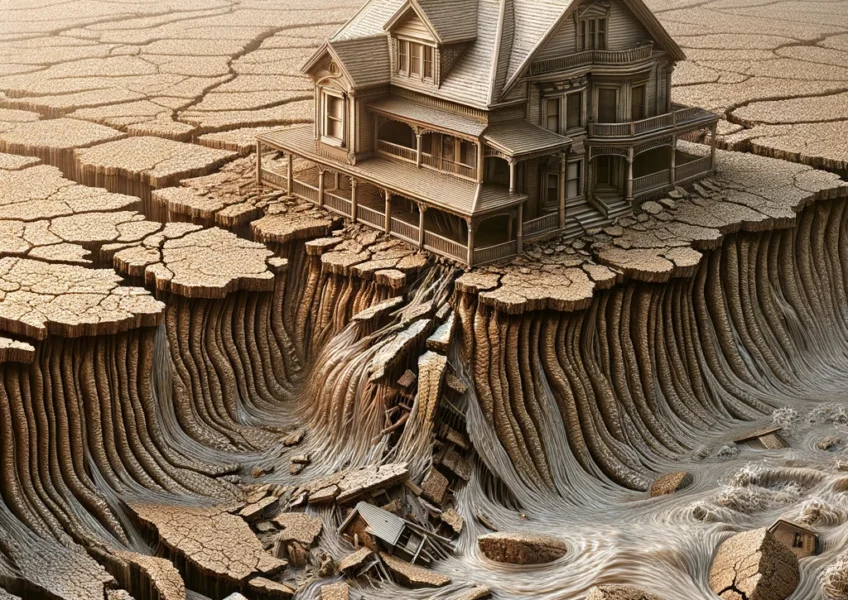Understanding Soil Liquefaction: Its Role in Structural Failures
The Shifting Ground Beneath: The Phenomenon of Soil Liquefaction
Soil liquefaction occurs when saturated soil substantially loses strength and stiffness in response to an applied stress, such as shaking during an earthquake, causing it to behave like a liquid. This phenomenon can lead to significant structural damage and failures, particularly in areas with loose, wet soils.
The Science Behind Soil Liquefaction
Soil liquefaction is primarily a concern in seismic regions. During an earthquake, the water pressure within the soil increases, which can cause the soil particles to move apart and lose contact with each other. This loss of solidity can lead to ground failure, resulting in the tilting or sinking of buildings and other structures.
Forensic Engineering and Soil Liquefaction
Forensic engineers play a vital role in investigating failures attributed to soil liquefaction. Their analysis includes:
- Site History Review: Examining the geological and hydrological history of the site to understand its susceptibility to liquefaction.
- Soil Analysis: Conducting soil tests to determine composition, density, and water saturation levels.
- Structural Impact Assessment: Evaluating how soil liquefaction contributed to the observed structural damage.
Mitigating the Risks
Understanding the risks associated with soil liquefaction is crucial for future construction projects in susceptible areas. Engineers incorporate various techniques to mitigate these risks, such as soil compaction, drainage improvements, and the use of deep foundations.
Conclusion
Soil liquefaction represents a significant hazard to structures in earthquake-prone areas. By comprehensively understanding and addressing the conditions that lead to liquefaction, forensic engineers and construction professionals can better protect buildings and infrastructure from this hidden danger.




